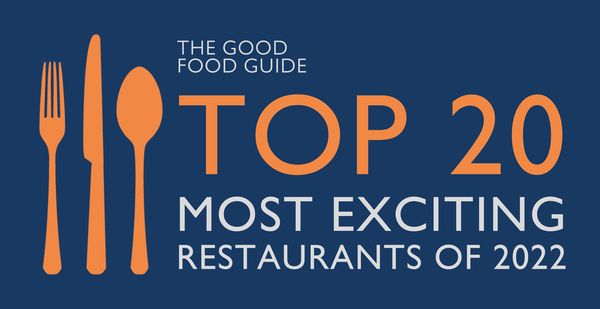Unsurprisingly Scotland’s food specialities reflect geography, climate and culture. Surrounded by sea, with rugged uplands and softer pastures, the country’s traditional dishes such as rib-sticking Scotch broth would cheaply sustain a life of graft in a cold climate.
Today we’re spoiled for choice with ingredients. Much of the UK’s sea-fish catch is landed along Caledonia’s craggy coastline.
Alongside haddock, halibut and herring, Scotland provides two thirds of the world's langoustines and a growing culinary seaweed range.
Prime meats include beef (from Scottish breeds like Angus, Highland or Galloway), wild venison, hare, feathered game and succulent borders lamb – and not forgetting, of course, that wee haggis beastie.
Although a growing trend in restaurants today, it was the Vikings who popularised 'salting' and 'smoking', methods that are still evident with salmon and dishes such as Shetland reestit mutton (which is brined then air-dried).
Crops, too, are important: oats for porridge, naturally, but also the ever-popular oatcakes and pinhead oatmeal.
The mild summers of eastern shires are perfect for berries, with strawberries, raspberries and the native tayberry engendering desserts such as cranachan.
The Scottish sweet-tooth is not just a stereotype. Hearty bakery goods such as clootie dumpling and fruit-laden Selkirk bannock sit alongside the ubiquitous shortbread and tooth-aching treats like tablet or the drink Irn Bru.
Wash it all down with a dram? With around 40 bottles of whisky exported every second, there’s no excuse not to.






